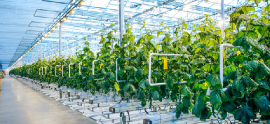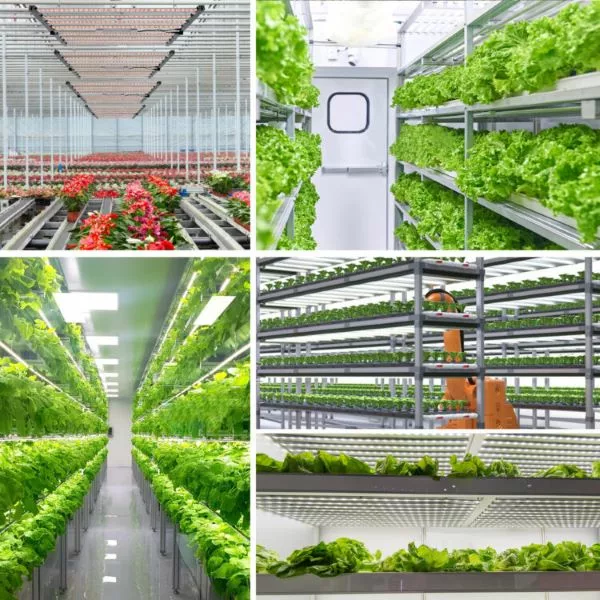When it comes to using UV light for plants, the answer isn't as simple as just choosing "any" UV light. Different types of UV light have varying effects on plants, and the best type depends on your specific goals and the plants you're growing. It's important to note that excessive exposure to UV light can be harmful to plants. However, moderate levels of UV-B and UV-A light can have some beneficial effects on plant growth and development.
UVA Light
UV-A light, which falls in the 315-400 nm wavelength range, is less damaging to plants and can have positive effects. It contributes to photomorphogenesis, which controls plant growth, development, and flowering. UV-A light can also enhance the production of certain pigments, such as anthocyanins, which can have antioxidant properties.
UVA Light Benefits: Increases stress tolerance, improves antioxidant production, enhances color and aroma in some plants.
UVA Light Downsides: Can be harmful in high doses, leading to leaf burning and stunted growth.
UVA Light Recommended for: Plants known to benefit from stress tolerance and improved secondary metabolites, like herbs, fruits, and some flowers.
Plant Lighting

TUBU LED Grow Light
Quantum Panel LED Grow Light
Octopus LED Grow Light Bar
Advanced UVIR Grow Light Bar
UVB Light
UV-B light, which falls in the 280-315 nm wavelength range, can be beneficial for plants in moderation. It stimulates the production of protective compounds like flavonoids, which can enhance the plant's resilience to environmental stressors. However, prolonged or intense exposure to UV-B light can cause damage to plant tissues, such as leaf burn or reduced growth.
UVB Light Benefits: Stimulates plant defenses, improves nutrient uptake, can increase potency in some medicinal plants.
UVB Light Downsides: Highly damaging in high doses, even small overexposure can harm plants. Requires careful monitoring and control.
Recommended for: Specific plants known to benefit from UVB's effects, like some cacti, succulents, and medicinal herbs. Use with extreme caution and research specific needs of your chosen plants.
UVC Light
UVC Light Benefits: None for plant growth. Primarily used for sterilization and not recommended for any plant applications.
UVC Light Downsides: Highly damaging to plant cells and DNA, can cause severe burns and mutations.

Important Tips
Always research the specific needs of the plants you're growing: Not all plants benefit from UV light, and some are highly sensitive to it.
Start with low doses and gradually increase exposure: Monitor your plants closely for any signs of stress.
Choose appropriate UV lights: Select lights specifically designed for plant growth and with adjustable intensity.
Consider full-spectrum LED grow lights: Many LED grow lights now include some UVA and UVB LEDs for their potential benefits while still providing essential visible light for photosynthesis.
Don't rely solely on UV light: UV exposure should be used as a supplement to proper lighting, watering, and nutrients for optimal plant growth.
Remember, using UV light for plants requires knowledge and careful control. By understanding the different types and their effects, and prioritizing the specific needs of your plants, you can potentially harness the benefits of UV light for enhanced growth and quality.
